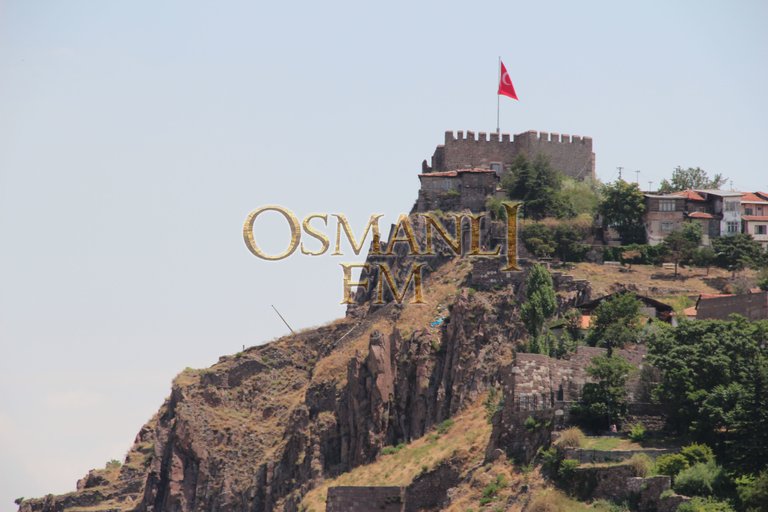Travelogue:
It is thought that the time of Ankara Castle was not fully known but it remained from the Hittites period. However, this information has not been approved as a result of any excavation research work.
The Romans, the Byzantines, the Ankara Citadel, which has been repaired many times by the Seljuks, consists of inner and outer houses. Outside the tower there are about 20 towers. Outside the castle, the old city of the Iankara is crowded around the walls. The inner fortress covers an area of
approximately 43,000 km2.
On the 14-16 m high walls, there are 42 towers, most of them with 5 corners.
Castle has various periods in history. BC 2nd century. At the beginning of the occupation of the Romans Galatia (Ankara region), the city grew out of the castle. Roman Emperor Caracaila İ.S. In 217, he fixed his fortress walls. Between 222 and 260 Emperors Severus Alexander and Velerianus, the castle was partially destroyed when Persians were defeated. After the 2nd half of the 7th century, the Romans began to repair the fortress. Emperor Konstantinos made outsiders in 688. IV. Leon, while restoring the castle walls in 740, also raised the walls of the fortress. Emperor Nikephoros and Emperor Basileios were also fortunate in the 9th century.
Ankara Castle was passed by Seljuks in 1073. The fortress, taken by Raimond in 1101, was once again handed over to the Seljuks in 1227. Sultan of Seljuks 1. Sultan of Alaeddin Keykubat, Sultan II. Keykavus made some additions in 1249. Ibrahim Pasha, the son of the Governor of Egypt Governor M.Ali Pasha, did not repair the fortress walls during the Osmalılar period in 1832. Column headings, sarcophagi and sculpture pieces found in some parts of the walls indicate that they were made of materials collected during repairs.
Today, there are many old Ankara Houses remaining in different periods within the castle. The old Ankara houses in the Kaleiçi neighborhood were built on a narrow and steep area surrounded by city walls, so their plans were made to benefit most from narrow spaces.
They are built of wood, mudbrick and bricks in two or three floors. The flatness of the land structure caused the lower floor plans not to be smooth, but the upper floors were properly laid out with bay windows.
The lower floors are made of thick walls and small windows in winter, and the upper floors are made of thin walls and airy in summer. The spacious fringes and the summer rooms called "Cihannüma" are among the decisive features of the Ankara houses. Geometrical compositions are used in wooden ceiling trim.
Some are used in various services. Towards the middle of the 17th century, Evliya Çelebi who came to Ankara in 1640 tells in detail the life in the city and the city.
Evliya Çelebi talks about the famous Ankara Castle first.
"Ankara has a solid fortress made of four layers of white stone on the top of a high mountain.
The castle is surrounded by three floors inside the walls. The inside of the inside is rocky. It is very difficult to climb from these sloppy rocks. There are various weapons, ammunition and 600 houses in the inner city. The Inner Castle is surrounded by the second-rowed ramparts.
In the foothills of the mountain there is a third row of outer walls. The whole city was secured with these outer walls. "
Photos:
1)
2)
3)
4)
Thank You!
Thank you for reading this travel post. You can get more people to read the ball. If you want to read more, please follow and visit my profile.




Giving out free votes to the little guys, I hope you appreciate.
Ankara ♥
thanks bro,nice post